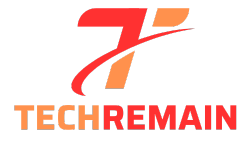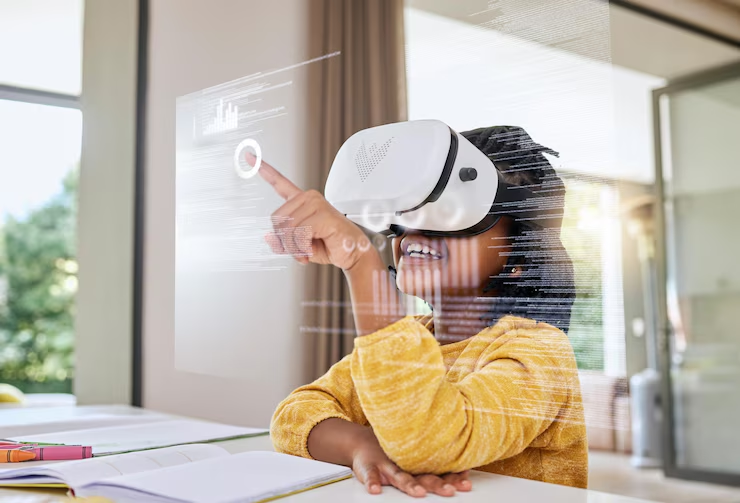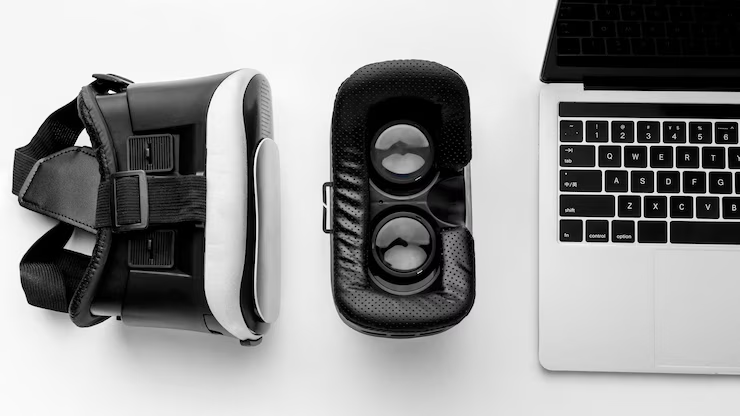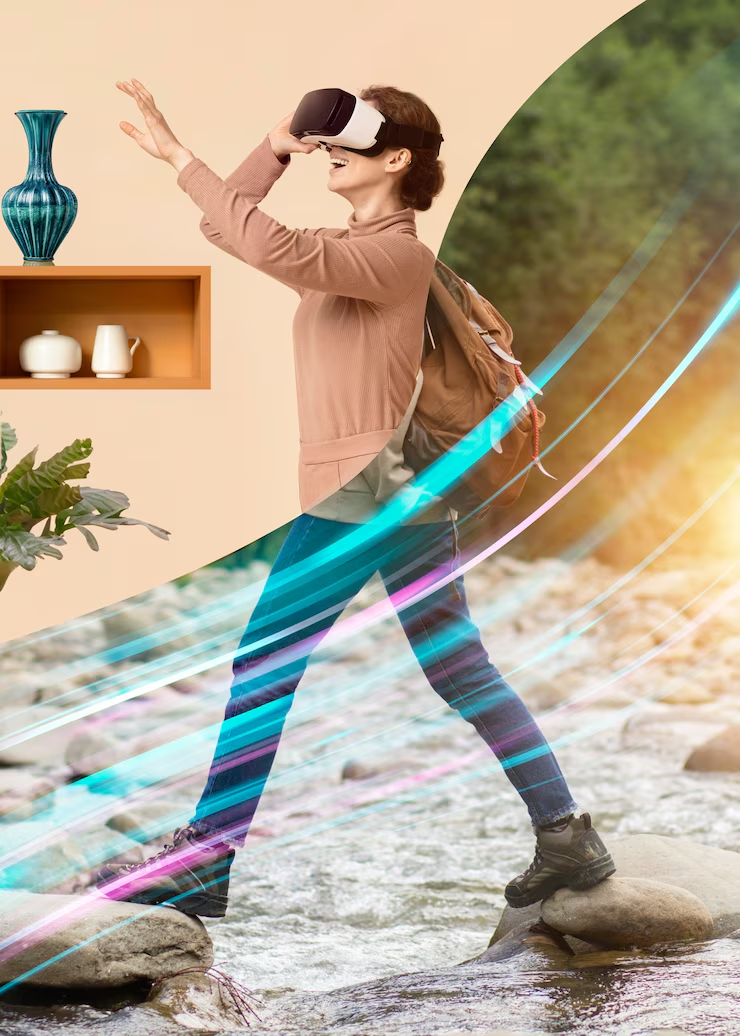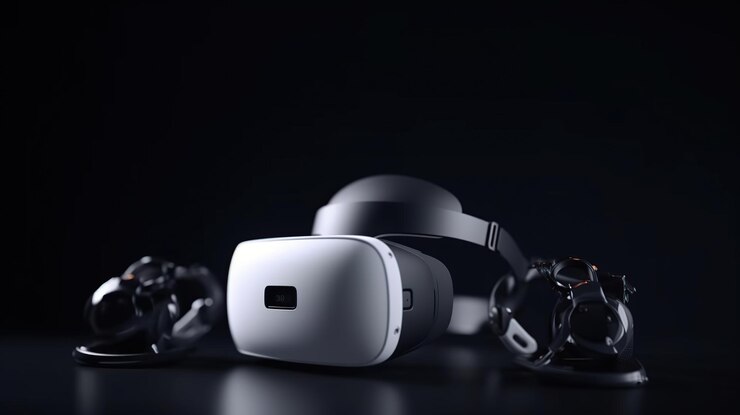Virtual reality in education and learning tools is reshaping how students engage with knowledge in the digital age. At Tech Remain, we’ve observed the shift firsthand. By offering immersive, interactive experiences, this technology allows learners to fully absorb and interact with subjects rather than passively consume them. Classrooms equipped with VR tools are becoming environments of deeper exploration and engagement.
Virtual reality in education and learning tools fosters a more dynamic and personalized learning environment. This innovation enhances understanding of complex topics, from historical events to scientific principles, making them tangible and memorable. As this technology continues to develop, it promises to transform educational landscapes by breaking traditional barriers of space and time.
Immersive Classrooms: Bringing Subjects to Life
Virtual reality allows students to explore topics in 3D environments. From walking through ancient cities to diving into the human body, learning becomes an engaging adventure. Teachers can guide students through virtual field trips and simulations, making lessons more impactful and memorable. This approach boosts comprehension and retention, especially in subjects that benefit from visual and spatial understanding.
VR in STEM Education
Subjects like science, technology, engineering, and mathematics benefit greatly from VR applications. Students can conduct virtual chemistry experiments without the risks of a physical lab. Engineering students can build and test models in real time. This hands-on interaction deepens understanding and provides a safe, cost-effective alternative to traditional lab environments.
Customized Learning Experiences
Every student learns differently. Virtual reality in education and learning tools supports personalized learning paths. With adjustable difficulty settings and interactive assessments, learners can progress at their own pace. This method respects diverse learning styles, helping each student achieve academic success on their terms.
Training for Real-World Applications
Virtual reality is also a powerful tool for vocational and professional training. Medical students can practice surgeries. Aviation trainees can simulate flying in various conditions. These real-world applications prepare learners for actual scenarios, making them confident and skilled before they step into real environments.
Overcoming Geographical Barriers
One of the major benefits of virtual reality in education and learning tools is its ability to connect students and educators from anywhere in the world. Remote learners can participate in virtual classrooms that feel physically present. This inclusion increases access to quality education for students in underserved or isolated regions.
Enhanced Engagement and Motivation
Students are more engaged when learning feels like an experience rather than a task. VR’s interactive nature maintains attention and promotes curiosity. Learners who were previously disinterested in conventional methods often find themselves captivated when using VR tools, leading to improved academic performance and self-motivation.
FAQs:
Q1. Can virtual reality be used in all educational subjects?
A: While VR is more prominent in subjects like science and history, developers are expanding its use to literature, arts, and language learning with great success.
Q2. Do students need special devices to access VR learning tools?
A: Yes, VR typically requires a headset, but options range from high-end devices to affordable smartphone-compatible viewers, making it accessible.
Q3. How does VR improve student performance?
A: It enhances retention and understanding through immersive experiences, allowing students to actively participate and engage with the content.
Q4. Is virtual reality suitable for younger students?
A: Yes, VR tools are being developed for all age groups with content that is age-appropriate and aligned with learning objectives.
Q5. Are VR tools difficult for teachers to implement?
A: With training and user-friendly platforms, educators can easily integrate VR into their lesson plans and curriculum.
Conclusion:
Virtual reality in education and learning tools is not just a trend; it’s a transformation. By making learning immersive, personalized, and accessible, VR is redefining the future of education. From boosting student engagement to breaking location barriers, this technology is a game-changer in classrooms around the world. As it evolves, so too will the opportunities for learners everywhere.
